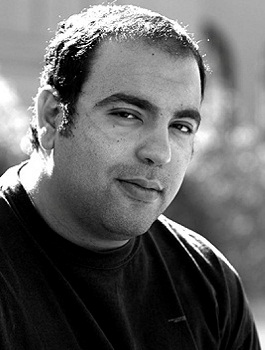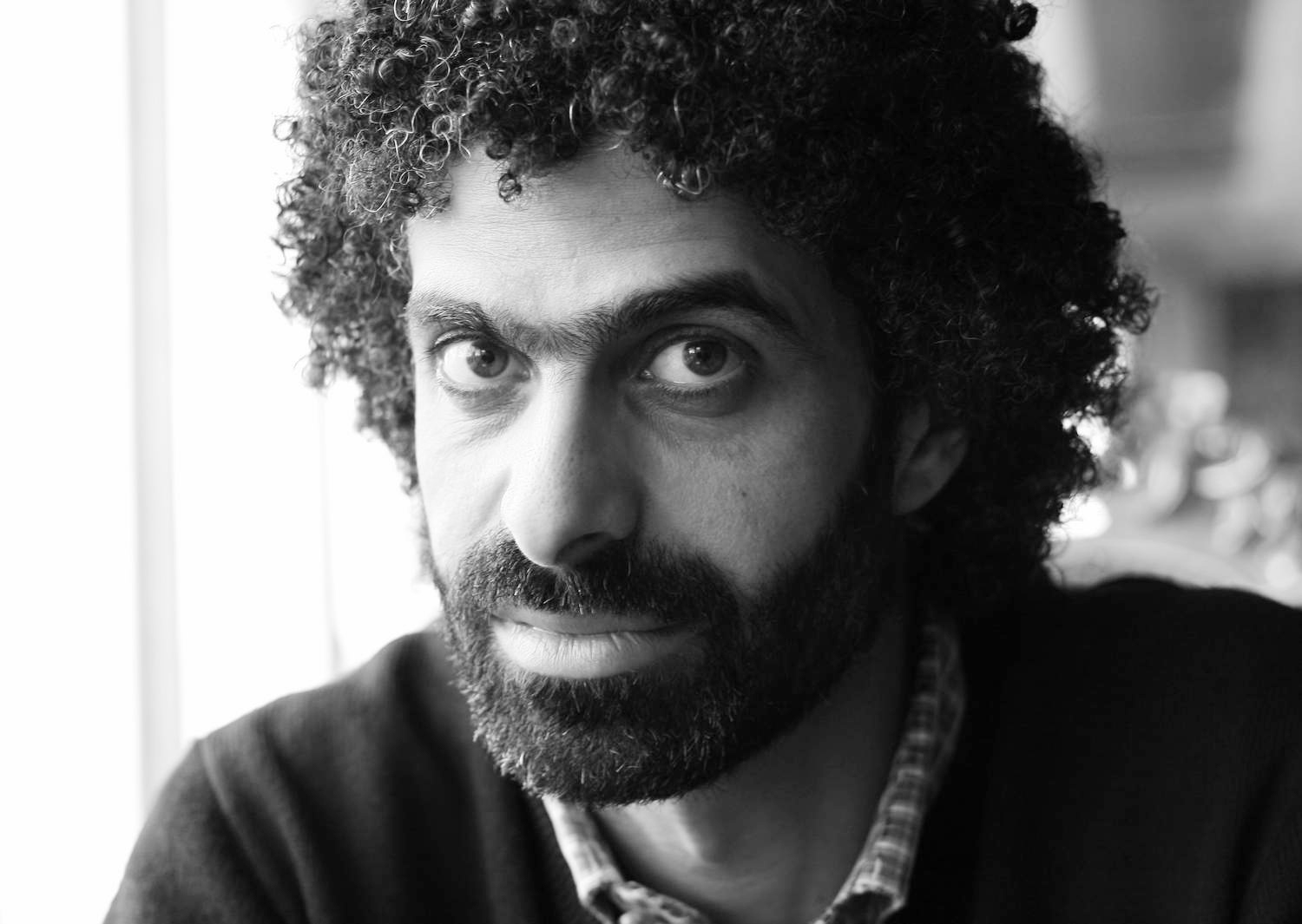By Rania Al Malky
CAIRO: Don’t expect a “you-can’t-handle-the-truth” moment in Mubarak’s trial.
Jack Nickolson’s immortal words, spoken at the climactic scene of the ultimate courtroom drama of the 90s, “A Few Good Men,” in a confrontation with rooky lawyer Tom Cruise, revealed that the victim was given a “Code Red.” Defending the two marines accused of murdering him, the lawyer wanted to prove that they acted in accordance with an unwritten code that punishes Gitmo screw-ups who are not tolerated in the army, with the prior knowledge and implicit approval of high ranking Col. Jessup (Nickolson), who is arrested after his impassioned testimony on the witness stand.
Reporting from inside the Police Academy courtroom last week, it was clear to me that a similar outcome is by no means imminent, neither for Mubarak nor for his reviled ex-interior minister Habib El-Adly.
The case against the two main defendants so far seems circumstantial, with not a single one of the nine witnesses heard this week revealing beyond a doubt and with material evidence to support his claims that he was privy to direct orders by El-Adly to shoot protesters point blank using live ammunition, nor to any communication between him and Mubarak.
The case is riddled with complications. Even the hailed eighth witness Lieutenant Colonel Essam Hosni Abbas who said that live ammunition was deployed, can easily be dismissed by the defense lawyers under claims that the fact that such weapons were used does not automatically prove that the defendants gave orders to use them. Chain of command arguments against the defendants are also weakened by other testimonies of prosecution witnesses who said that commanding officers on the ground could have given unilateral decisions to arm their units with live ammunition without referring to a senior authority.
Key material evidence such as recordings of all wireless communications between El-Adly and senior interior ministry aides has been destroyed, ironically by one of the prosecution witnesses, General Hussein Said Moussa, who recalled on the witness stand that round 4 pm on Jan. 28, he participated in a conversation on his walkie-talkie between higher level minister’s aides who were discussing how to confront protesters that were about to attack the interior ministry. The recordings have since disappeared and cannot be retrieved.
Said said that he heard Ismail Al-Shaer, former director of the Cairo Security Directorate and one of the defendants in the case, request Central Security Forces (CSF) reinforcement to protect prisons, police stations and the interior ministry, to which defendant General Ahmed Ramzy, who headed central security at the time, made a unilateral decision to deploy firearms only to the interior ministry because he had no other forces at his disposal. And according to the police law, it is legal to use live ammunition to protect vital state institutions and foreign embassies.
He also said that the weapons were delivered in ambulances because CSF trucks had been burnt down and police cars were targeted by protesters, but while he confirmed that the weapons were delivered, he said that he was not personally aware through wireless communications of whether or not they were used.
He insisted that Ramzy did not refer to a higher authority before deploying the live ammunition, again seemingly clearing El-Adly from ultimate responsibility.
Although the ninth witness, General Hassan Abdel Hamid Farag, deputy minister of interior for security and training, said in his testimony that he believed the use of violence to confront protesters in January was excessive, he denied that he was personally privy to clear instructions to use firearms, even though he personally attended a Jan. 27 strategy meeting headed by El-Adly.
While he could not directly attribute the decision to El-Adly, he did say that senior aides could not have possibly made the decision to use live ammunition without instructions from the ex-minister. But then again, this is a personal observation based on his experience on the force which had never confronted similar circumstances.
Will Farag’s mention of a mysterious, classified “Plan 100” to obstruct protesters from reaching Tahrir Square, which was approved on the Jan. 27 meeting, eventually emerge as El-Adly and in turn, Mubarak’s, own Code Red?
And if it is revealed that the basic “Plan 100” includes shoot-to-kill directives using live ammunition, will the two be grilled on the witness stand or will this week’s secret testimony in court of Egypt’s military ruler Field Marshal Tantawi, Chief of Staff Sami Enan, former intelligence Chief Omar Suleiman and the current and ex-interior ministers Mansour Essawy and Mahmoud Wagdy be the final nail in their coffin? Or will it save their necks?
Unfortunately, the case against the defendants, unlike how it has been touted in the media, is like a mirage: you think you can see it, but it’s not really there.
The indications are that no death sentences will be meted out in this case, whose outcome will rely predominantly on the overall assessment of the presiding judge and not necessarily on material evidence linking any of the defendants to the murders we all know were committed.
Only one thing is for sure, if the Egyptian people in the supreme court of public opinion, don’t feel that the verdict corresponds with the magnitude of a crime that saw more than 850 people dead and thousands wounded, they will not take it sitting down.
Besides, the next January 25 is just around the corner.
Rania Al Malky is the Chief Editor of Daily News Egypt.

